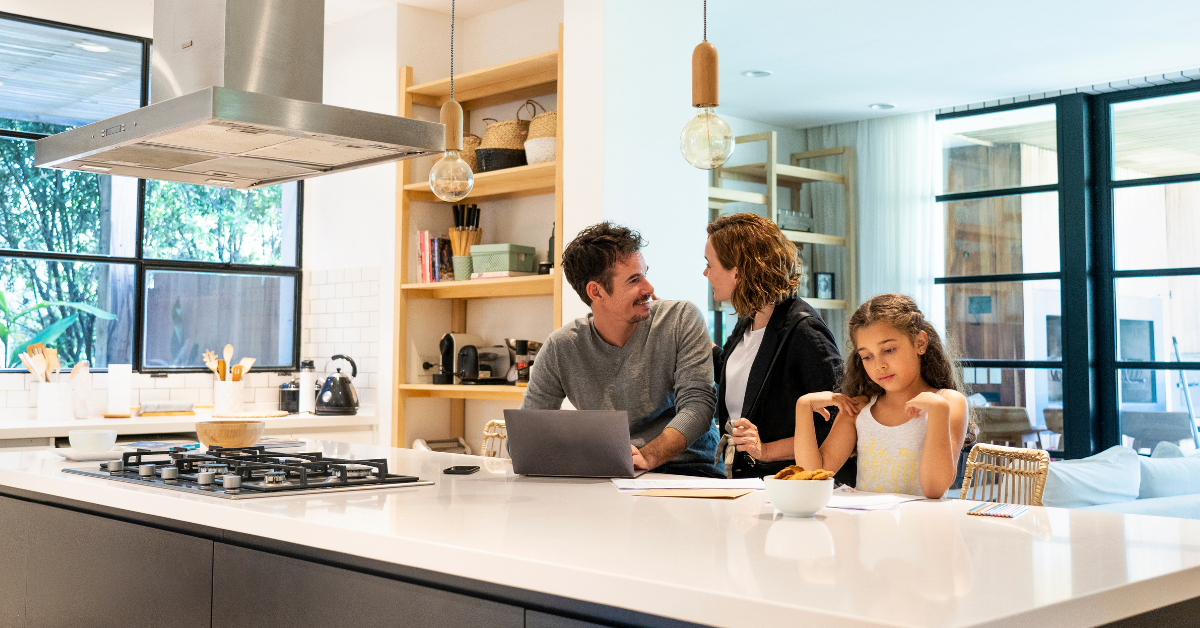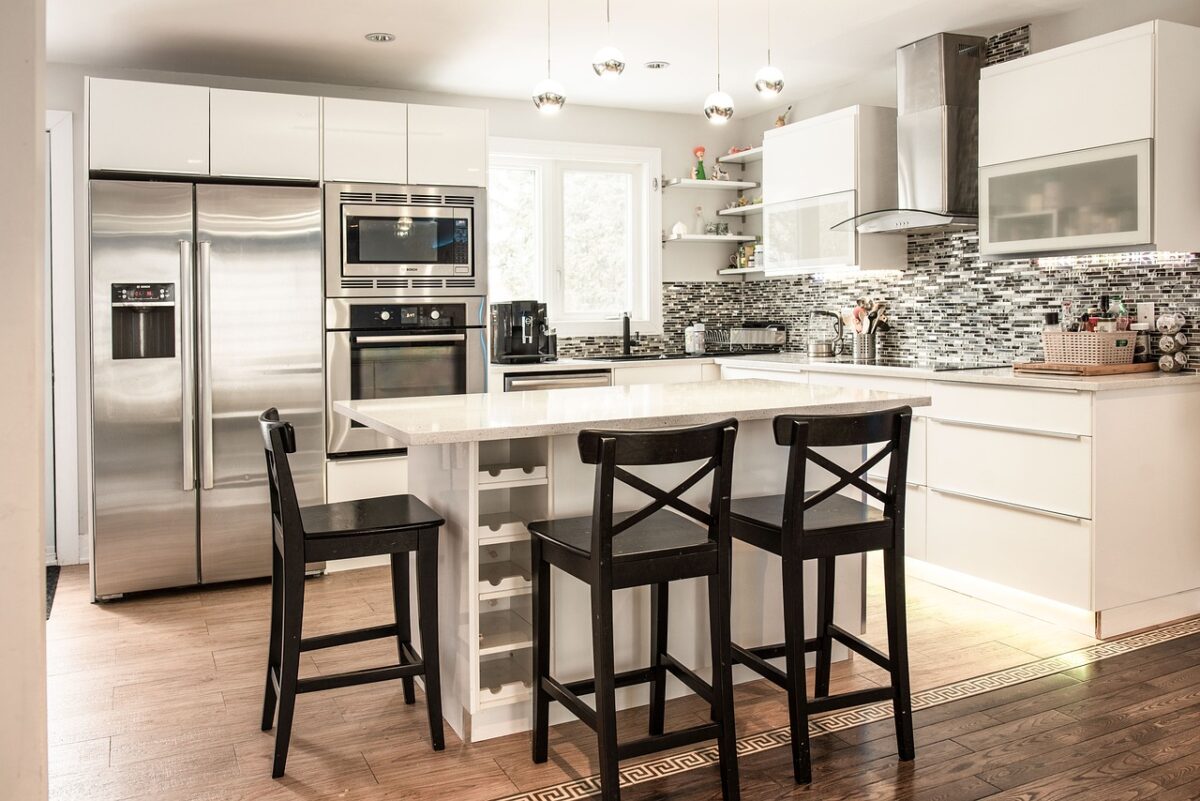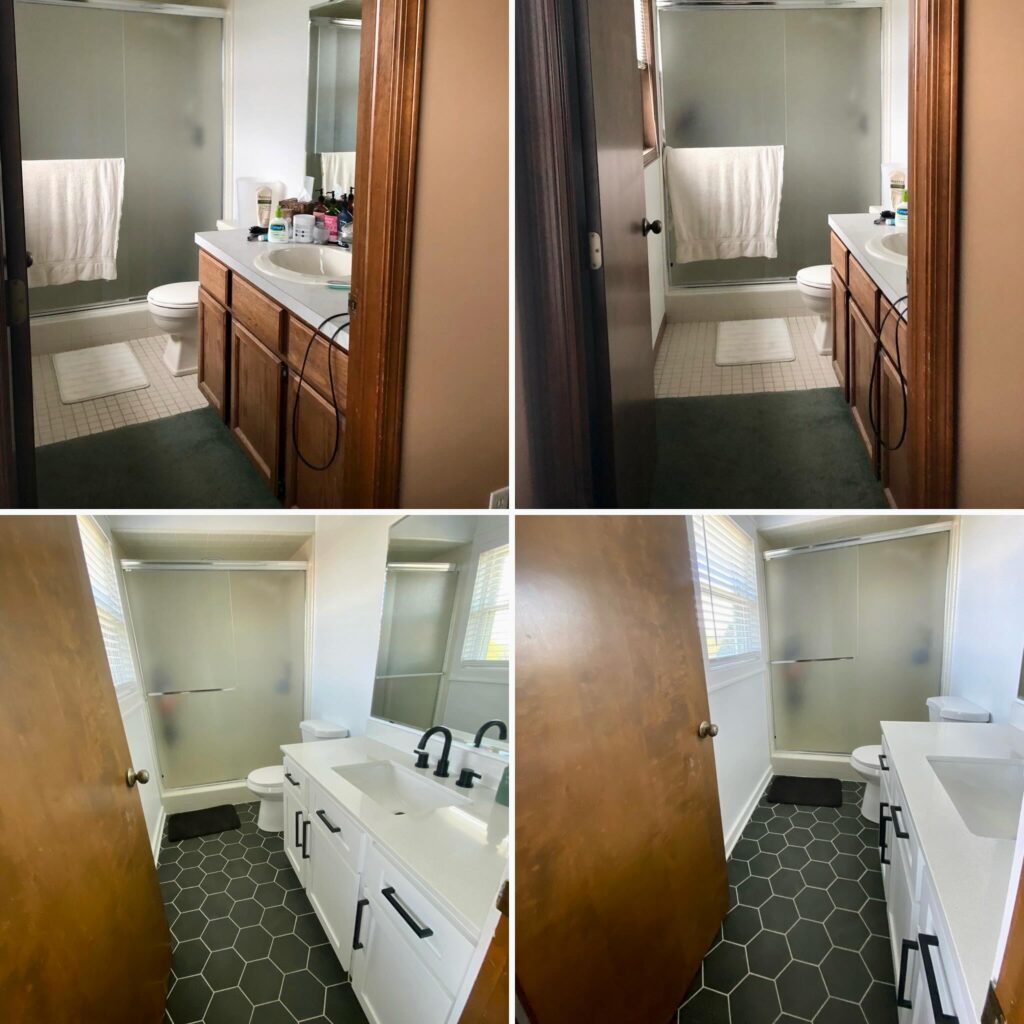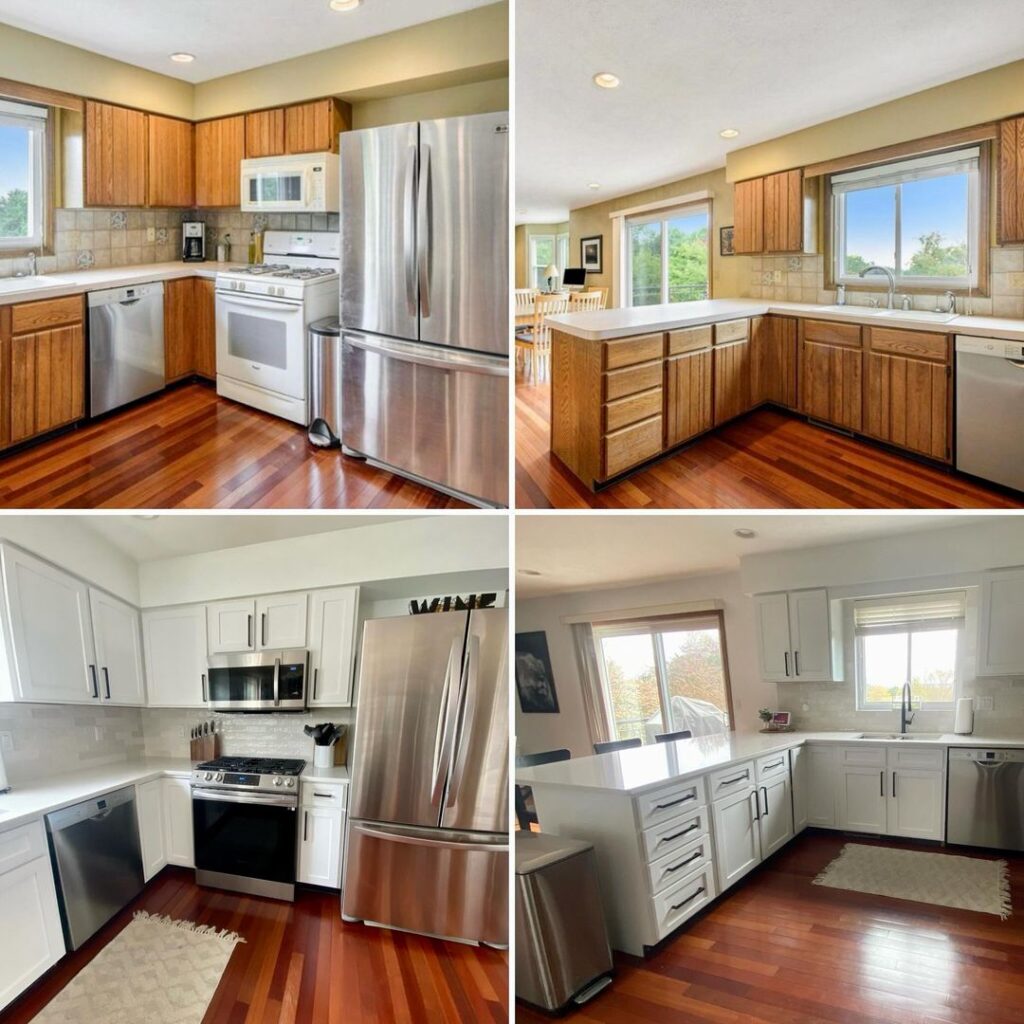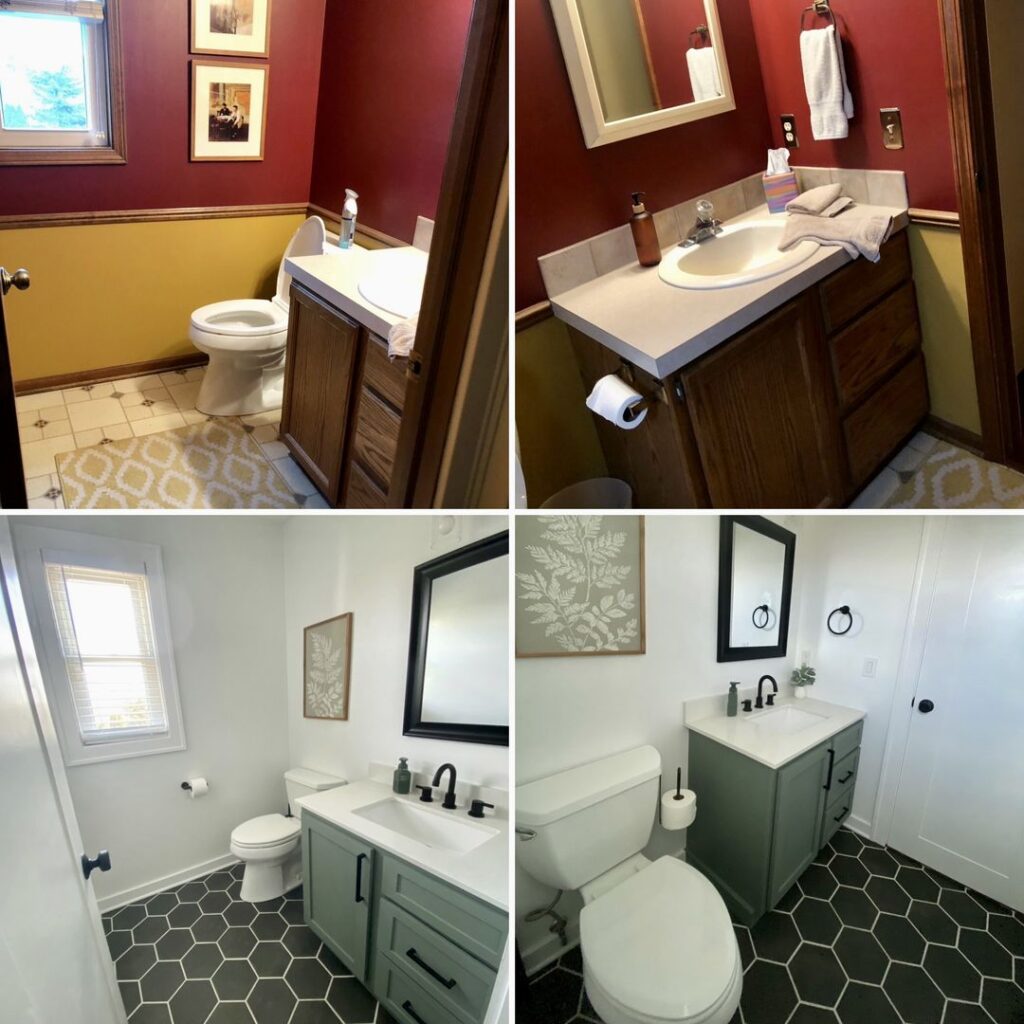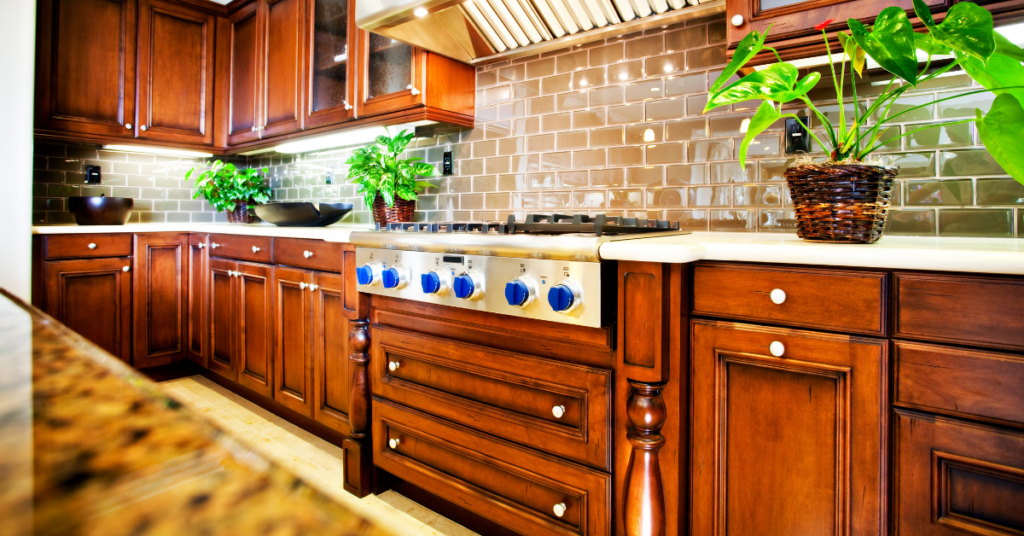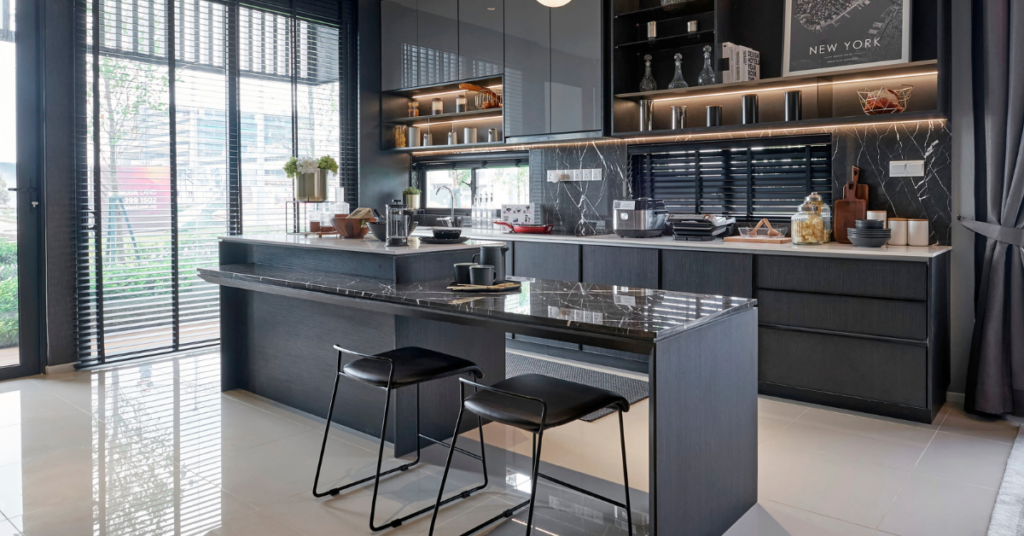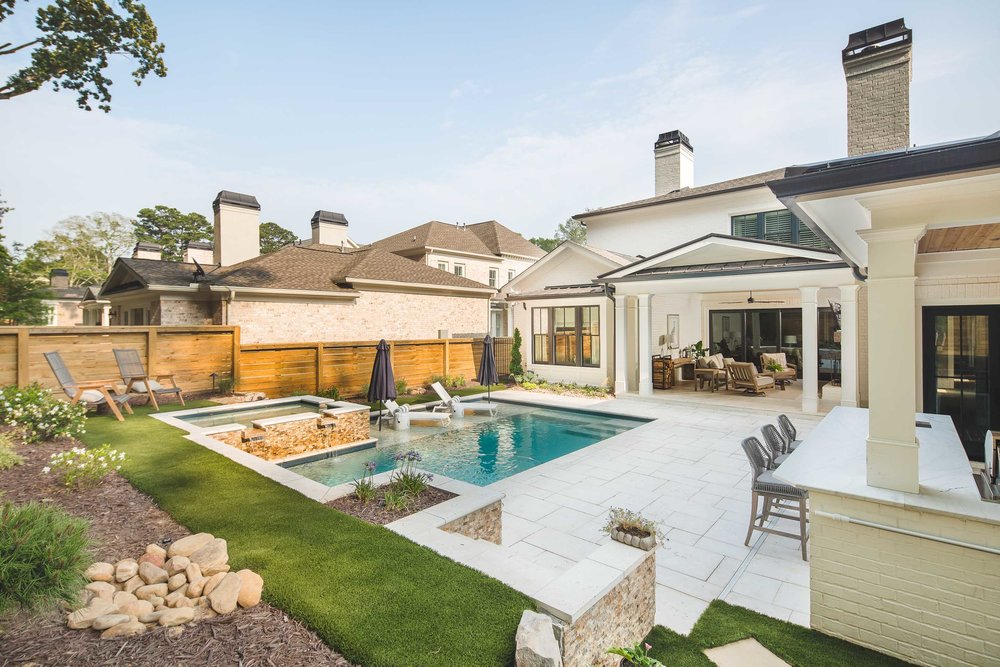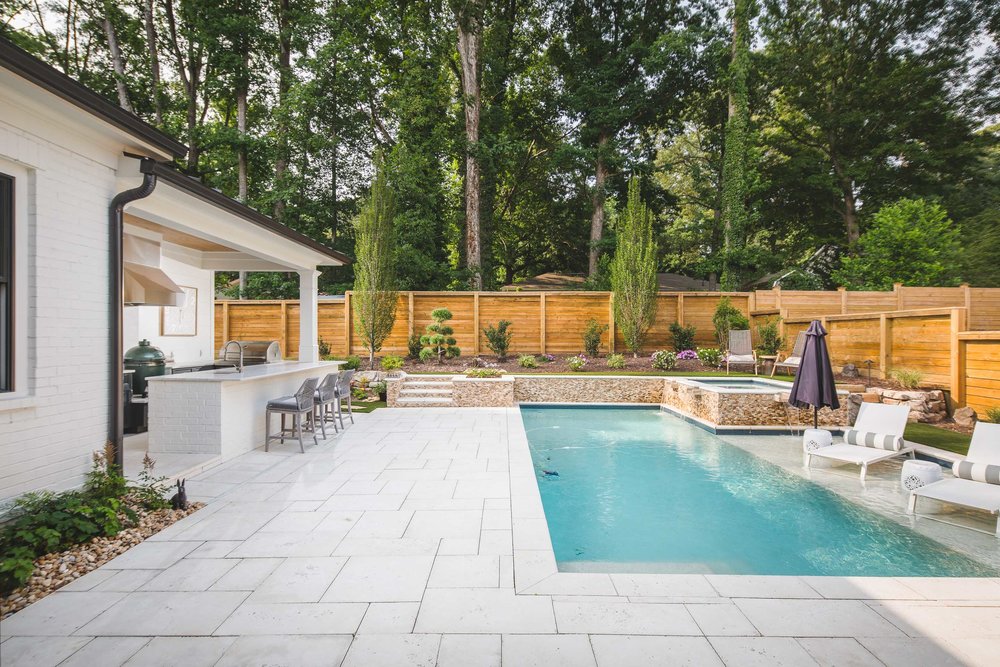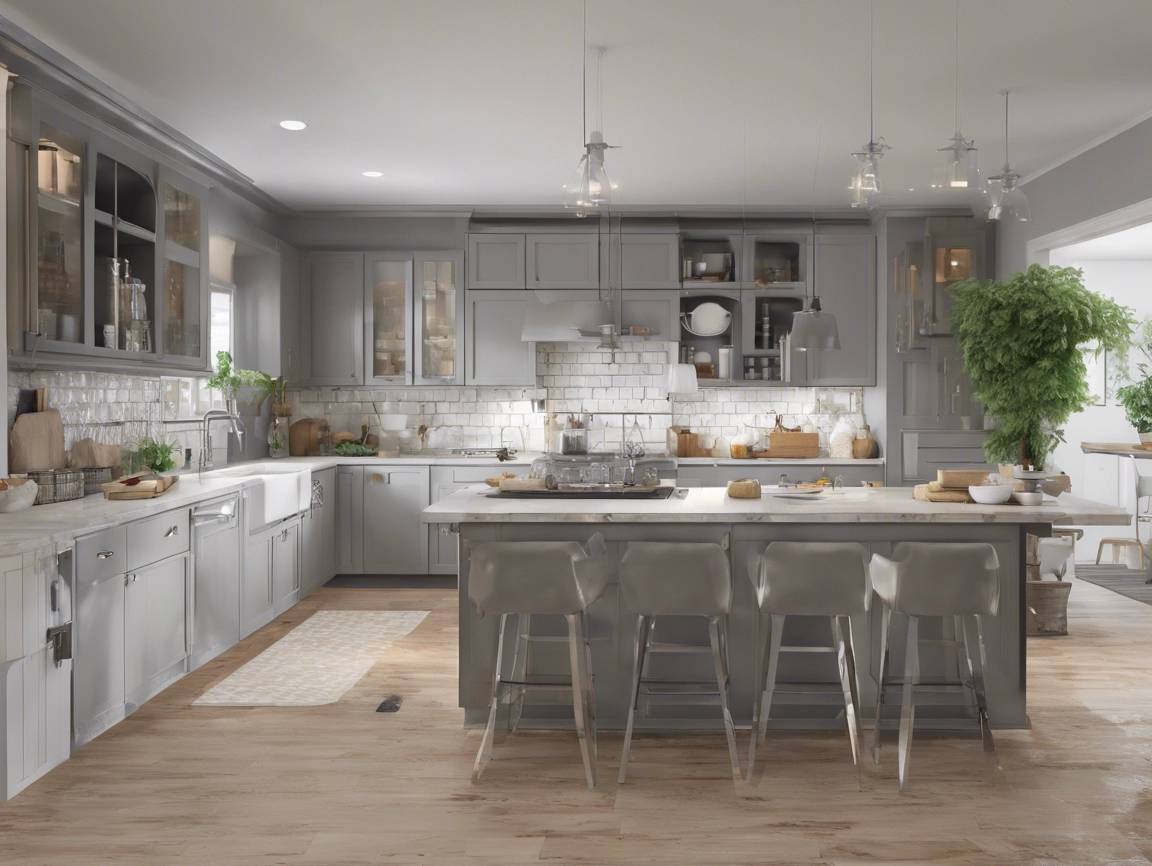2025 Kitchen Trends: A Bold, Sleek Goodbye to Gray
The kitchen. It’s not just a place where you scramble your eggs and brew your coffee. No, it’s where deals are made, conversations spark, and life unfolds. In 2025, the kitchen doesn’t just keep pace; it sets the tone. The rules of the game are changing, and gray? It’s out. Dead and buried. What’s in? Something bolder, with a little more swagger.
Gray’s Had Its Day. Now, It’s Time to Get Bold.
For years, gray kitchens were the talk of the town. They had a clean, professional look that said, “I mean business.” But here’s the thing—gray never made you feel anything. It was too safe, too predictable. 2025? It’s not about playing it safe. This year, cabinets wear colors with bite: rich greens, deep blues, and aubergines dark enough to swallow you whole. These aren’t your grandmother’s pastels. These colors have weight, they have presence.
But here’s the trick: you’ve got to know how to play them, or they’ll take you for a ride. Bold can’t just stand on its own—it needs a counterpart. That’s where warm, natural materials step in.
Bold Meets Natural: The Perfect Match
You can’t just throw dark cabinets into a room and call it a day. They need grounding, something to pull them back from the edge. That’s where warm neutrals come in. Wood that’s rich and unpainted, stone that’s rough around the edges—these are the partners bold colors need.
Picture this: deep navy cabinets, slick and glossy, up against a backdrop of stained oak. The wood takes the edge off the color, makes it approachable. Warm, natural textures have a way of pulling bold colors down to earth, letting them breathe. It’s not just a kitchen anymore. It’s a space that feels lived in, not just looked at.
The Living Kitchen: Where Work and Life Collide
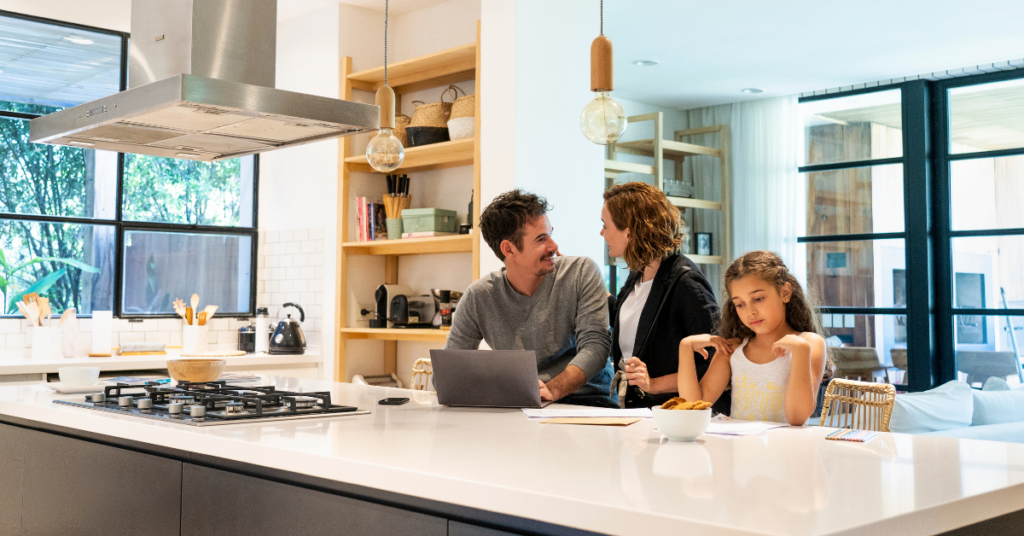
In 2025, the kitchen isn’t just for cooking. It’s where life happens. The “living kitchen” is all about making it more than a utilitarian space. Think comfortable chairs in the corner, soft lighting, and open layouts that spill into the rest of the house. It’s a place to linger, to talk, to plot your next move.
Those bold cabinets? They set the tone. The natural materials? They keep it warm, comfortable. Together, they create a space where you want to be, whether you’re chopping vegetables or just pouring a glass of whiskey after a long day.
Countertops: The Drama Is in the Details
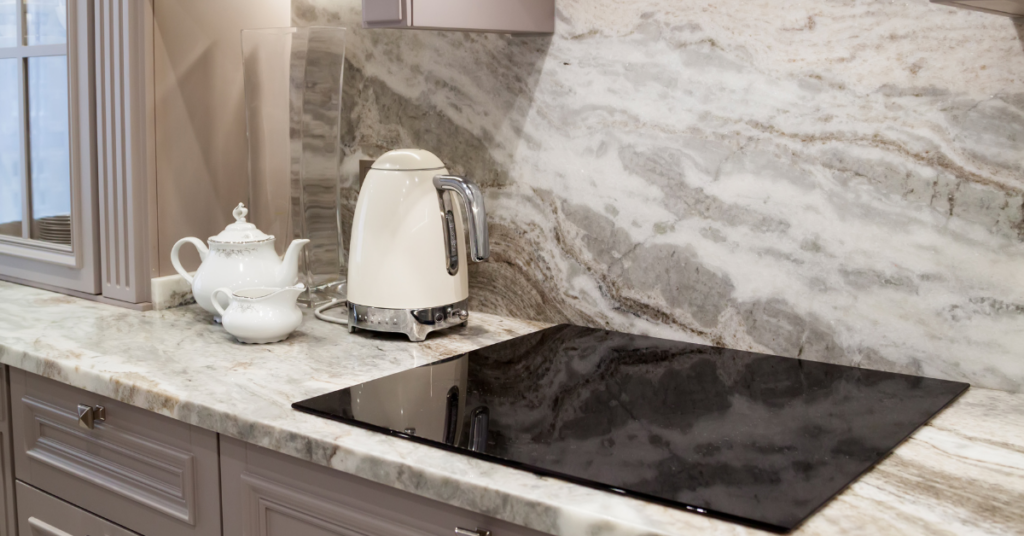
Every kitchen needs a star, and in 2025, it’s the countertops. Forget about plain slabs of stone. We’re talking bold, veined marbles, expressive stones with personalities that could fill a room. A waterfall edge that cascades down the side of the island like it’s going somewhere, even if you’re not.
But the trick here? Don’t overdo it. Let the countertops steal the scene, while the rest of the kitchen plays it cool. Muted cabinets, warm wood accents—let them take a step back, while the stone does all the talking.
The Concealed Kitchen: Minimalism with a Side of Mystery
If you like your spaces clean, uncluttered, and sleek, the concealed kitchen is your game. Built-in appliances, flush cabinetry, appliance garages—it’s all hidden away, out of sight, like a secret waiting to be found. The kitchen feels smooth, controlled. Nothing out of place, no surprises.
Pair that with bold colors and warm, natural textures, and you’ve got something special. It’s minimalism without the coldness—sleek, but still inviting.
The Biggest Trend of All: Make It Yours
Get a Free Backsplash
Get a free backsplash with cabinet refacing or new cabinetry. Make your kitchen’s style stand apart—limited time only at Kitchen Tune-Up Canton, Woodstock, Cumming, Alpharetta, Milton!
2025 is the year kitchens stop following the rules. This year, the trend is personalization. Your kitchen should look like you, not some cookie-cutter display from a showroom. Whether it’s bold colors, natural materials, or a mix of both, it’s all about blending trends into something that fits your life.
The kitchen is your stage, and the design? That’s your story to tell.
Final Thoughts: Kitchens That Stand Their Ground
This year, kitchens are shaking off the dust and getting bold. From rich colors to natural materials, it’s about spaces that have depth, personality, and warmth. A kitchen that makes a statement without saying a word.
So, if you’re looking to renovate, forget about following trends. Make your kitchen stand for something, even if that something is just a quiet moment with a strong cup of coffee. Because in 2025, the best kitchens are the ones that know who they are—and don’t apologize for it.

